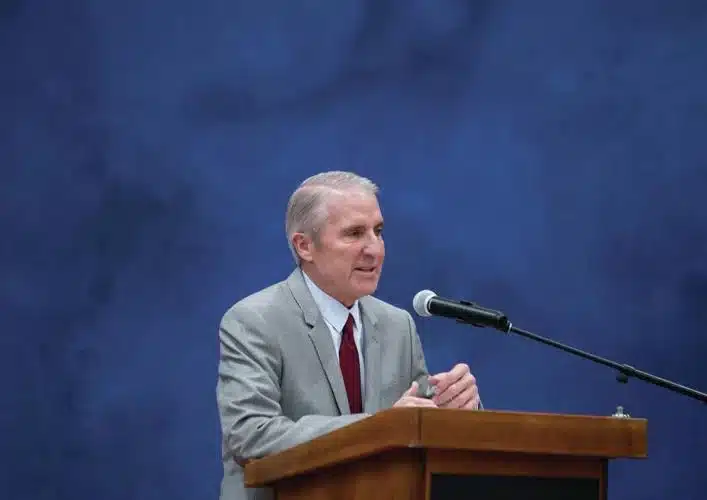Ruth Leon recommends… More Pocket Theatre Reviews
Ruth Leon recommendsThe Forsyte Saga at the Park
Having said that, the stripped-down production of The Forsyte Saga at the Park works very well. The actors perform on an empty stage, only their costumes and dialogue indicating the passage of time as they move from the Victorian era to post-WW1 England to reflect the Saga’s span of 1886-1927.
The Forsyte Saga, long though it is, is a snapshot of one class of English society, reflecting its history and character and how it shifted in the periods it highlights.
The gargantuan task of adaptimg John Galsworthy’s nine-novel soap opera of English family life into the two plays currently being performed in repertory at the Park fell to Shaun McKenna and Lin Coghlan. This was a logical choice as the pair had already adapted them into a multipart series for BBC Radio.
Most of us had already met the Forsytes in 1967 and in 2002 when the marriages, business dealings, property and extra-marital adventures of this rich English family were adapted for television, so there is not much new to glean from this stage version except the new twist we get by looking at characters we thought we knew through a fresh eye.
Interestingly, the adaptors agreed that, although Galsworthy’s concentration had been emphatically on Soames Forsyte and the other male characters, their adaptation would take its direction from the women in the novels, most notably Irene and Fleur, who is the narrator in both plays.
Part One covers the period 1886-1902, Part Two takes in 1920-1927. You can book for one or the other or both. I saw both in one day and was glad not to have missed the stories in either play.
The plays are crosscast with only Joseph Millson’s excellent Soames, Fiona Hampton’s shadowy Irene and Flora Spencer-Longhurst’s persuasive Fleur remaining in their original roles. Thanks to the skill and versatility of the actors and their director Josh Roche, we soon get used to characters we’ve met before when they appear in older incarnations or even in a completely different body, so that when Emily Forsyte (Emma Amos) in the first play becomes June Forsyte, and then Holly Forsyte late in the second, we accept it because we are by then into the characters, however they appear.
This is a workmanlike and worthy production, not very exciting but, then, the Forsytes in Galsworthy’s books aren’t very exciting. They’re just there, symbols and emblems of an England that, if it hasn’t completely disappeared, has transmogrified into something quite different.






Comments